The U.S. Department of Energy (DOE) today announced up to $500 million in funding for basic research in support of DOE’s clean energy, economic, and national security goals.
Tag: Fusion Energy Sciences
Department of Energy Announces $73 Million for Basic Research to Accelerate the Transition from Discovery to Commercialization
Today, the U.S. Department of Energy (DOE) announced $73 million in funding for eleven projects which focus on the goal of accelerating the transition from discovery to commercialization of new technologies that will form the basis of future industries.
Department of Energy Announces $29 Million for Research on Machine Learning, Artificial Intelligence, and Data Resources for Fusion Energy Sciences
WASHINGTON, D.C. – Today, the U.S. Department of Energy (DOE) announced $29 million in funding for seven team awards for research in machine learning, artificial intelligence, and data resources for fusion energy sciences.
DOE Awards $135 Million For Groundbreaking Research By 93 Early Career Scientists
The U.S. Department of Energy (DOE) today announced the selection of 93 early career scientists from across the country who will receive a combined $135 million in funding for research covering a wide range of topics, from artificial intelligence to astrophysics to fusion energy. The 2023 Early Career Research Program awardees represent 47 universities and 12 DOE National Laboratories across the country. These awards are a part of the DOE’s long-standing efforts to develop the next generation of STEM leaders to solidify America’s role as the driver of science and innovation around the world.
Department of Energy Announces $4.6 Million for Research on Public-Private Partnership Awards to Advance Fusion Energy
Today, the U.S. Department of Energy (DOE) announced $4.6 million in funding for 18 projects at national laboratories and U.S. universities. The awards are provided through the Innovation Network for Fusion Energy, or INFUSE, program, which was established in 2019. The program is sponsored by the Fusion Energy Sciences (FES) program office within DOE’s Office of Science and is focused on accelerating fusion energy development through public-private research partnerships.
Department of Energy Announces $5.25 Million for Research on High Energy Density Plasmas
Today, the U.S. Department of Energy’s (DOE) Office of Science (SC) and DOE’s National Nuclear Security Administration (NNSA) announced $5.25 million for 11 research projects in High Energy Density Laboratory Plasmas (HEDLP).
Department of Energy Announces $8.3 Million for Research on High Energy Density Plasmas
Today, the Department of Energy’s Office of Science (SC) and DOE’s National Nuclear Security Administration (NNSA) announced $8.3 million for 20 research projects in High-Energy Density Laboratory Plasmas (HEDLP).
Department of Energy Announces First Round of FY 2022 Public-Private Partnership Awards to Advance Fusion Energy
Today, the U.S. Department of Energy (DOE) announced awards for 18 projects with private industry to enhance collaboration with DOE national laboratories and U.S. universities to overcome challenges in fusion energy development.
For Plasma with a Hot Core and Cool Edges, Super-H Mode Shows Promise
Fusion reactors face a challenge called “core-edge integration,” which involves maintaining a plasma that is hot at the core but not too hot to damage reactor walls. New research finds that a previously identified operating regime called Super H-mode can leverage the use of impurities such as nitrogen to address this challenge. The research also indicates that Super-H mode can be scaled up to future fusion plants.
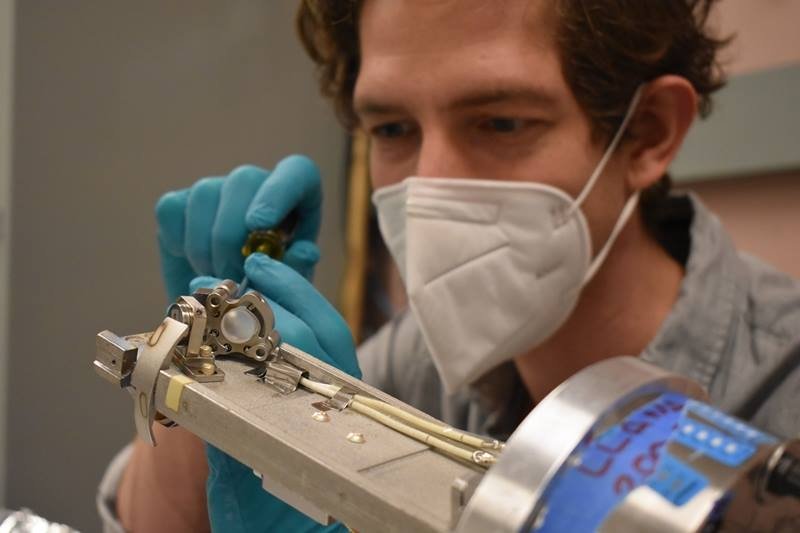
Researchers Stick Out Their Necks to Understand How Fusion Plasmas Fuel Up
The nuclei that smash together to produce fusion energy in a reactor originate from ionized neutral particles. The edges of fusion devices have large numbers of neutrals available to gain or lose electrons to become ions. These neutrals influence several important features of the plasma, including the rate at which the plasma fuels a reactor. A new pinhole camera system called Lyman-alpha Measurement Apparatus (LLAMA) on the DIII-D tokamak helped researchers better understand these neutrals.

Zeke Unterberg: Then and Now / 2011 Early Career Award Winner
Zeke Unterberg is a senior research scientist at Oak Ridge National Lab, studying ways to optimize the operations and materials for future nuclear fusion reactors.
Department of Energy Announces First Round of FY 2021 Public-Private Partnership Awards to Advance Fusion Energy
The Department of Energy (DOE) today awarded $2.1 million across 9 collaborative projects between DOE national laboratories and private industry aimed at overcoming challenges in fusion energy development.
Hot Core and Cool Walls Lead to Better Fusion Containment
Creating an efficient fusion plasma in a tokamak requires a plasma with an extremely hot core but edges cool enough to protect the tokomak walls. Researchers at the DIII-D National Fusion Facility developed a solution that uses the active injection of gases to cool the edge coupled with enhanced core confinement.
Not Just Disturbance: Turbulence Protects Fusion Reactor Walls
To operate successfully, ITER and future fusion energy reactors cannot allow melting of the walls of the divertor plates that remove excess heat from the plasma in a reactor. These walls are especially at risk of melting when heat is applied to narrow areas. Now, however, an extreme-scale computing analysis indicates that turbulence will reduce that risk.
Department of Energy Announces $11 Million for Research on Quantum Information Science for Fusion Energy Sciences
Today, the U.S. Department of Energy (DOE) announced $11 million for ten projects in Quantum Information Science (QIS) with relevance to fusion and plasma science.
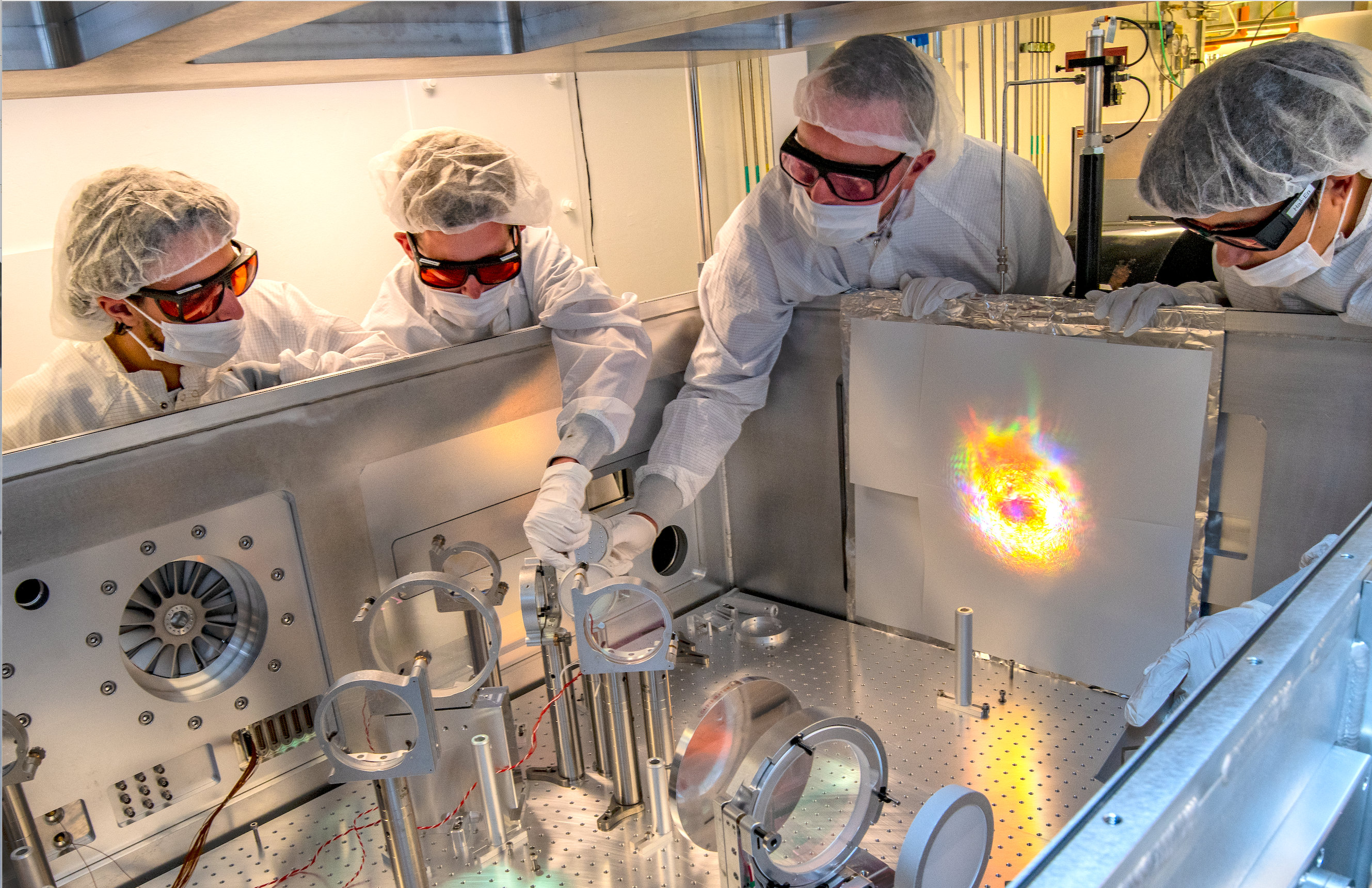
Advisory Committee Releases Strategic Plan for U.S. Fusion, Plasma Program
The U.S. Department of Energy (DOE) Fusion Energy Sciences Advisory Committee (FESAC) has adopted and endorsed a new report that lays out a strategic plan for fusion energy and plasma science research over the next decade. The report has been…
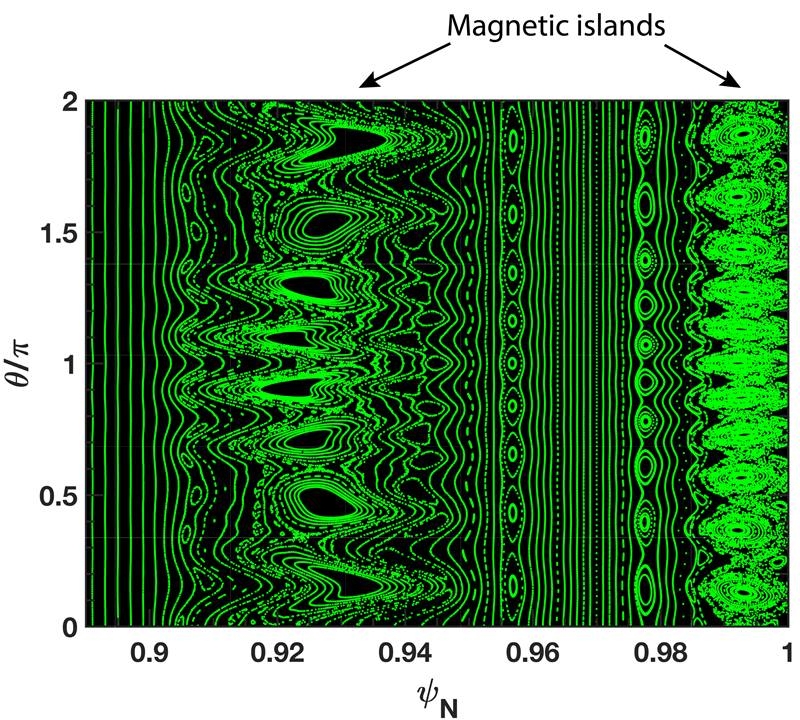
Magnetic Ripples Calm the Surface of Fusion Plasmas
The ITER fusion reactor being built in the south of France will use rippled magnetic fields to prevent bursts of heat and particles that can damage the walls of the reactor. Now, physicists at the Princeton Plasma Physics Laboratory and the DIII-D national fusion facility have compared computer simulations of the DIII-D plasma with experimental measurements to better understand how controlled magnetic ripples outside the plasma can suppress these bursts.

New twist in artificial intelligence could enhance the prediction of fusion disruptions
New application of deep learning allows prediction of disruptions from raw, high-resolution data from fusion energy experiments.
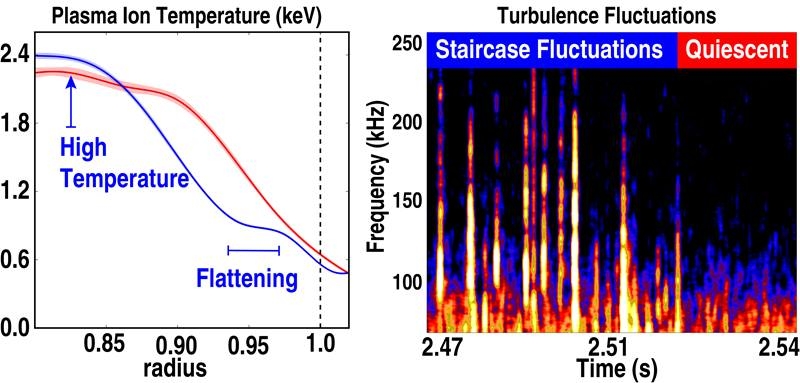
Climbing the Staircase to Fusion
Recent experiments in the DIII-D tokamak demonstrate that more turbulence at the edge of the plasma can result in it being hotter.
DIII-D Researchers Use Machine Learning to Steer Fusion Plasmas Near Operational Limits
Researchers at the DIII-D National Fusion Facility recently achieved a scientific first when they used machine learning calculations to automatically prevent fusion plasma disruptions in real time, while simultaneously optimizing the plasma for peak performance. The new experiments are the first of what they expect to be a wave of research in which machine learning–augmented controls could broaden the understanding of fusion plasmas. The work may help deliver reliable, peak-performance operation of future fusion reactors.
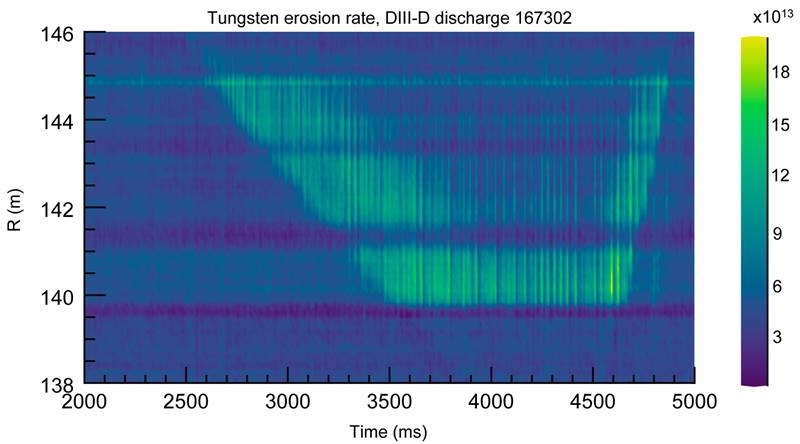
Unraveling how Tungsten Armor Erodes in Tokamak Walls
Scientists developed a new model to describe how large, periodic bursts of plasma known as edge localized modes (ELMs) erode parts of tokamak walls. Tokamaks are devices used to study the process of fusion.
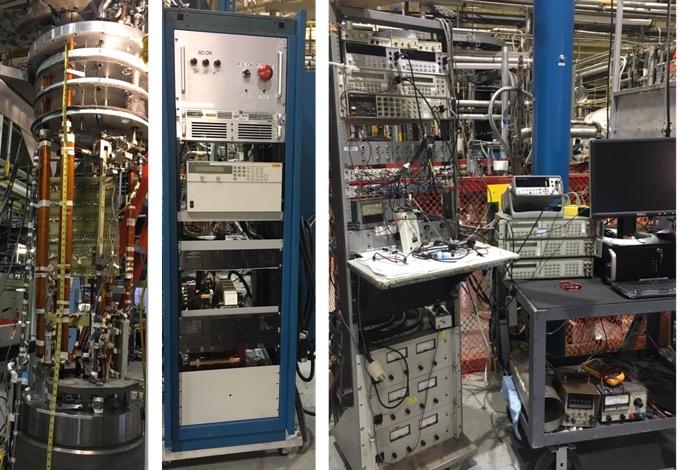
Brookhaven–Commonwealth Fusion Energy Project Wins DOE Funding
Brookhaven’s Superconducting Magnet Division will partner with industry to develop and characterize superconducting power cables.
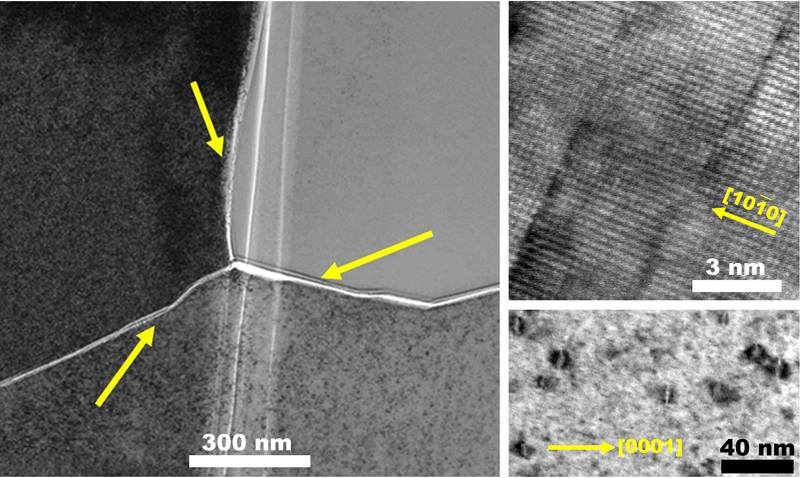
Investigating Materials that Can Go the Distance in Fusion Reactors
Future fusion reactors will require materials that can withstand extreme operating conditions, including being bombarded by high-energy neutrons at high temperatures. Scientists recently irradiated titanium diboride (TiB2) in the High Flux Isotope Reactor (HFIR) to better understand the effects of fusion neutrons on performance.
Department of Energy Announces Private-Public Awards to Advance Fusion Energy Technology
The U.S. Department of Energy (DOE) announced funding for 12 projects with private industry to enable collaboration with DOE national laboratories on overcoming challenges in fusion energy development.
The awards are the first provided through the Innovation Network for Fusion Energy program (INFUSE).
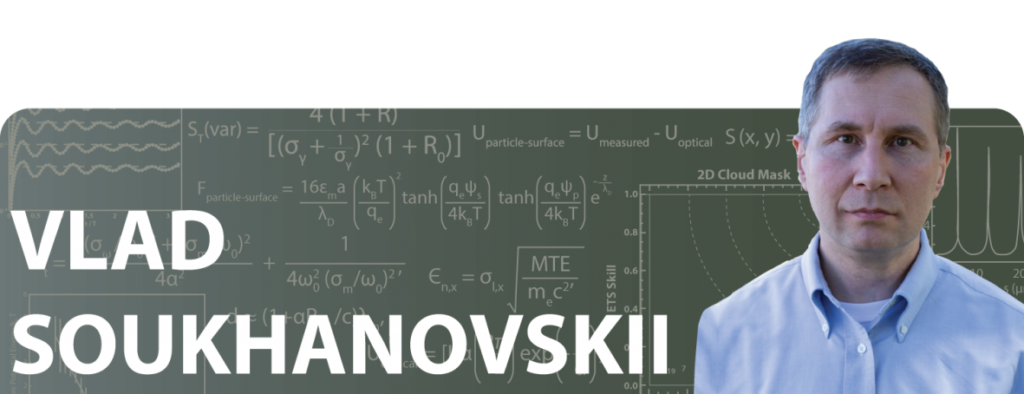
Vlad Soukhanovskii
Vsevolod A. Soukhanovskii is a group leader at the Fusion Energy Sciences Program at the Department of Energy’s Lawrence Livermore National Laboratory. He and his research group are stationed on a long-term assignment focusing on edge plasma transport and plasma-surface interactions in spherical tokamaks at the Department of Energy’s Princeton Plasma Physics Laboratory.